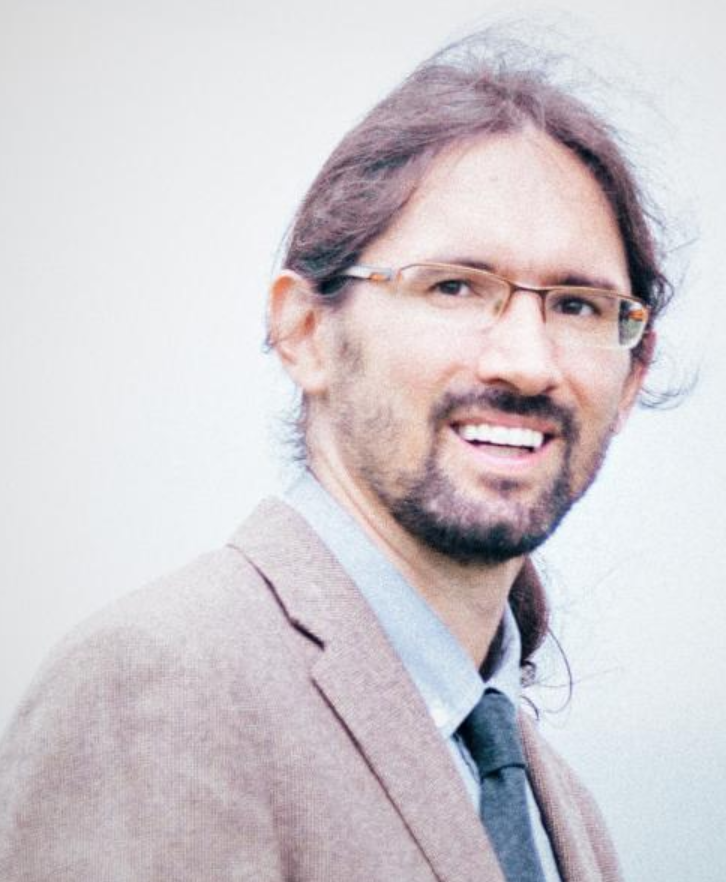Bence Kocsis is a theoretical astrophysicist working on a wide range of topics including gravitational wave astrophysics using LIGO/VIRGO, LISA, and pulsar timing arrays, astrophysical dynamics of dense star clusters, astrophysical general relativity, black holes physics from stellar mass to supermassive scales, accretion disks, disk-satellite interactions, and statistical mechanics.
Before coming to Oxford, he was a faculty member at Eotvos University, and even earlier, a postdoctoral fellow at the Institute for Advanced Study and a NASA Einstein Fellow and an ITC Fellow at the Harvard Center for Astrophysics. He was the PI of the GALNUC project funded by an ERC Starting Grant which developed a comprehensive model to describe the long term behavior of astrophysical multibody systems using multidisciplanary methods.
Many of his papers introduced novel ideas or unexpected observables across different fields in astrophysics. He is responsible for the concepts of repeated gravitational wave bursts (Kocsis & Levin 2012), astrophysical gravitational wave echos (Kocsis 2013, Gondan & Kocsis 2022), gravitational wave imaging using pulsar timing (Kocsis+ 2012), gas fingerprints in gravitational waves for the upcoming LISA space mission and for Pulsar Timing Arrays (Kocsis+ 2011, Kocsis & Sesana 2011), a new type of disk-satellite interaction, the general Type-1.5 migration in accretion disks (Kocsis+ 2012a,b), stellar transits or eclipses of active galactic nuclei (Beky & Kocsis 2013), and X-ray flares to detect intermediate mass black holes (Bartos, Kocsis+ 2013).
This originality continues to be a prominent feature of his most important recent achievements. These include:
(i) showing that previously disrupted globular clusters both explain the long-standing puzzle of the Fermi gamma-ray excess without invoking dark matter annihilation (Brandt & Kocsis 2015) and contribute to the gravitational wave detections of LIGO/VIRGO (Fragione & Kocsis 2018). The latter work showed for the first time that gravitational waves may test galaxy evolution and structure formation on cosmological scales.
(ii) pointing out new avenues of black hole mergers in the Universe, which may help solve the big question of the origin of gravitational waves seen by LIGO/VIRGO. In particular, Bence showed that gas may play an important role in the merger process of initially widely separated stellar mass black holes (Tagawa, Saitoh, Kocsis 2018) and that mergers may take place in non-hierarchical triple systems (Arca-Sedda, Li, Kocsis 2021), quadruple systems (Fragione & Kocsis 2019), galactic nuclei and in active galactic nuclei (Gondan & Kocsis 2021; Bartos, Kocsis+ 2017; Tagawa, Haiman, Kocsis 2020, Samsing+ 2022).
(iii) showing that black holes organize collectively in disks (Szolgen & Kocsis 2018; Mathe, Szolgyen, Kocsis 2022, Panamarev & Kocsis 2022).
(iv) pointing out a deep connection between gravitational systems and the physics of liquid crystals; an unexpected discovery which may have far reaching implications in both astrophysics and condensed matter physics (Roupas, Kocsis, Tremaine 2017; Takacs & Kocsis 2018).
(v) developing novel methodologies to study astrophysical systems. He has written the NRING code (Kocsis & Tremaine 2015; Szolgyen, Mathe, Kocsis 2021) which is an openmp and mpi parallelized symplectic algorithm which uses molecular dynamics techniques of condensed matter physics in astrophysics to describe the dynamics of stellar clusters, and NRING-MCMC to describe the final state of relaxation (Szolgyen & Kocsis 2018, Mathe, Szolgyen, Kocsis 2022).
Bence is currently working on two highly promising research directions in gravitational wave astrophysics. First, he is studying the collective behavior and order/disorder transitions of gravitating systems to explore the ubiquity of black hole disks in the Universe. Second, he works on research explaining the astrophysical origin of gravitational waves detected by LIGO and VIRGO, exploring mergers in active galactic nuclei. Black hole populations embedded in active galactic nuclei influence how they evolve and may affect galaxy evolution over cosmic time and may be targets for multimessenger observations. These ideas have had a remarkable impact recently and have potential for important breakthroughs in multiple research disciplines.
Bence Kocsis has lectured courses in classical mechanics, electrodynamics, advanced problem solving in physics, introduction to astrophysics, galactic dynamics, black hole physics, and ordinary differential equations. At St Hugh’s he tutors advanced mathematical methods, thermal and statistical physics, special relativity, and general relativity.
He coadvised the PhD research of Ryan O’Leary, Bence Beky, and Gongjie Li at Harvard and he was the PhD advisor of Laszlo Gondan, Akos Szolgyen, and Barnabas Deme at Eotvos. He is currently leading a research group in black hole astrophysics at the Rudolf Peierls Centre for Theoretical Physics with two postdocs and four PhD students.

